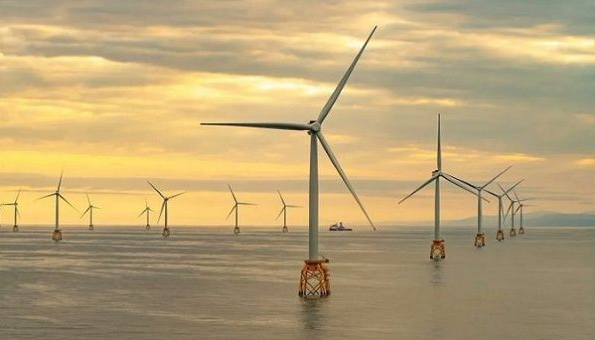
Saint John, July 23 (RHC)-- In the Caribbean, The Sppare Project is moving forward in Antigua and Bermuda with the installation of 15 wind turbines at the Parham Ridge and Sir Vivian Richards wind farms, respectively. The first 13 will power the Crabbs reverse osmosis plant, which will be taken over by Parham Ridge.
The Department of the Environment promotes these new investments in its energy infrastructure under the concepts of sustainability, protection of natural areas, and energy sovereignty.
According to local sources, energy consumption in Antigua and Barbuda is 2,965 kwh per inhabitant. The country is completely self-sufficient in its own energy production. The total production of all generating structures is 343M kwh, which represents 123 percent of the country’s own use. The country even exports energy.
The import of these wind turbines will increase the country's low carbon generation indicator of 5.7 while diversifying the sector by adding to an infrastructure based on solar generation and making use of the strong winds that cross various areas of the country.
Work should be completed this year to enable the 15 wind turbines to produce a combined total of 4.1 megawatts of clean energy. This will substitute for around 7,000 metric tons of carbon per year. T he final goal set by the government of Antigua and Bermuda is to generate a total of 20 megawatts with this technology.
This ambitious project is the result of collaboration between the Department of the Environment and the West Indies Oil Company, with financing of US$15 million from the Abu Dhabi Development Fund.
In Antigua and Barbuda, 100 percent of the population has access to electricity, an achievement that characterizes the country in the region and has conditioned the population's sense of belonging to the sector. The country is the richest in the Eastern Caribbean, with a high level of development, ranking 61st out of 181 countries in the Human Development Index. However, all of this infrastructure has been sustained by the import of fossil fuels, which creates significant and growing macroeconomic challenges.
In response, the government of Antigua and Barbuda has joined the management of renewable energy generation on several fronts. This will allow it to gain energy sovereignty and reduce the percentage of GDP it spends on electricity generation, which is one of the highest in the region.
Its solar generation potential is enormous—268 hours of sunshine per month. Today, solar generation is mainly used to heat water, but photovoltaic generation fields are also being implemented to contribute to national electricity generation.
The Sppare Project comes as part of an energy policy that is becoming more flexible and proactive.

